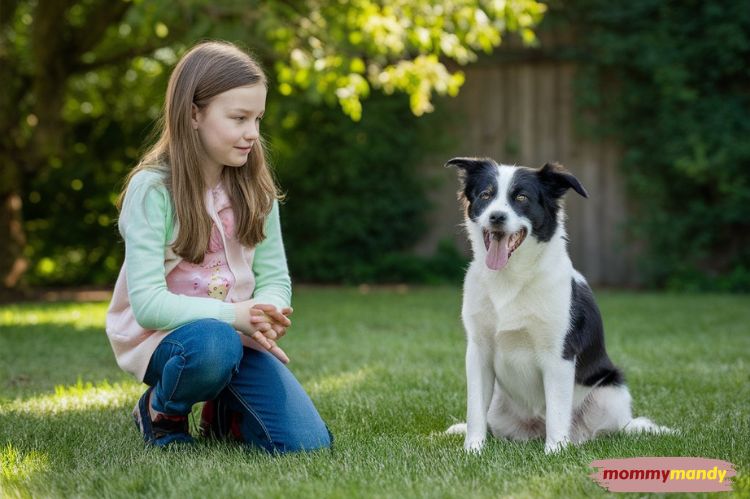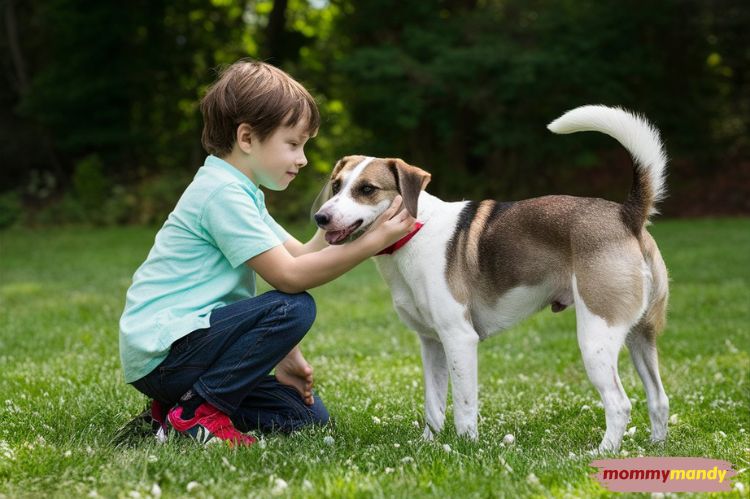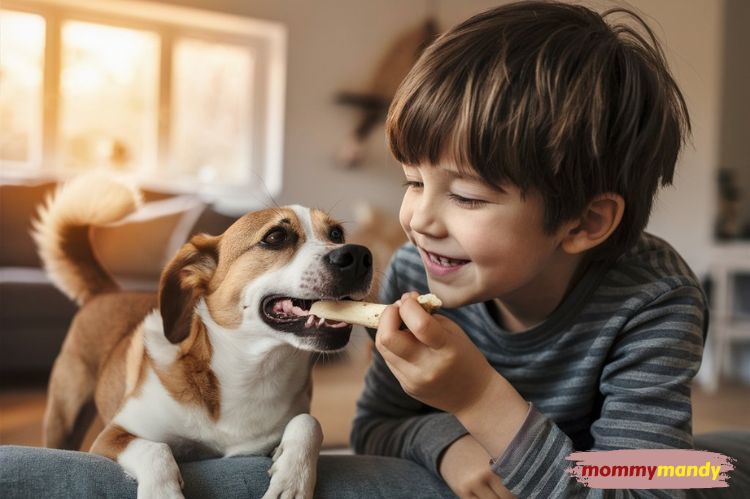As parents, we often seek diverse experiences to enrich our children’s lives and foster their growth in unique and meaningful ways. One of the most cherished and delightful is the companionship of a family dog.
They are more than just playful friends; dogs have a remarkable ability to become invaluable teachers for our children. In this article, we explore how these loving pets impart lessons that last a lifetime.
How Dogs Can Assist in Child Development

Pet care is one of the ways children learn many things about themselves, pets, and the world. For example, when deciding what to feed your Labrador, your children can learn the importance of nutritional balance and the effects of different foods on a dog’s health. They also develop skills in making informed choices.
When considering pet ownership as a method for child development, find a breed that is friendly and cute. Kid-friendly dogs, such as Golden Retrievers and Beagles, are typically patient and gentle, making them excellent companions for young ones. Their tolerant nature allows children to learn the nuances of handling and interaction.
Below are the benefits of such interactions between dogs and children.
Emotional Development

Interactions with dogs offer a unique opportunity for children to develop their emotional intelligence, particularly in recognizing and responding to the feelings of others. When children observe a dog’s reactions—like wagging its tail in happiness or whining when distressed—they learn to identify various emotional states.
This understanding extends to human interactions, as children draw parallels between the emotions they see in their pets and those they encounter in people around them. Moreover, responding to a dog’s needs, such as comforting them when scared or providing play when they are energetic, teaches children empathy and nurturance.
The unconditional acceptance offered by a dog, since it does not criticize or hold grudges, can also be reassuring to a child, fostering a safe space for emotional expression.
Social Skills

Dogs communicate primarily through body language, such as tail wagging, ear positions, facial expressions, and posture. As such, children learn to discern a pet’s feelings or needs without words.
For instance, a dog might lower its body and ears to signal fear or uncertainty, prompting the child to respond with gentle reassurance to comfort the pet. Similarly, an excited bark and a wagging tail may invite the child to play. This understanding of non-verbal communication enhances a child’s ability to empathize and interact, enriching their interpersonal relationships.
Caring for a pet also instills responsibility and fosters cooperation in children. When you involve children in pet care, they learn about the commitment and regular effort required to care for another living being. In addition, family involvement in pet care can promote cooperation. Tasks like walking the dog or preparing meals can become cooperative family activities that require planning and teamwork.
Cognitive Benefits
Problem-solving is a critical skill, and children can develop it through their interactions with pets, particularly in scenarios where they need to assess and address needs.
For example, if a dog is reluctant to eat, a child might need to determine whether the dog dislikes the food, is unwell, or is not hungry. Through trial and error and observing the pet’s behavior and reactions, children learn to identify the problem and test solutions, such as changing the food.
Similarly, if a dog seems restless or destructive, a child learns to consider various factors like lack of exercise or boredom, leading to solutions like more frequent walks or new toys. These experiences teach children ways to gather information, analyze situations, and implement solutions.
Further, training a dog requires a regular schedule and consistent commands to achieve desired behaviors, such as sitting, staying, or walking without pulling on the leash. As children participate in these training sessions, they witness firsthand how consistency leads to better outcomes, with the dog learning faster and responding better when commands are clear and repeated.
Conclusion
In conclusion, dogs do much more than fill our homes with joy; they play a pivotal role in shaping the developmental journey of children. Through daily interactions, dogs can build a child’s emotional intelligence, social competence, and cognitive abilities. They learn invaluable life skills that prepare them for the complexities of human relationships and responsibilities.
Read Next: How to Choose a Safe and Reliable Childcare Provider
Introducing Valeria Trevor, your trusted companion in the journey of parenthood. Dive into Valeria’s expert insights on all things baby, living, pregnancy, and toddlers, guiding you through the precious moments and challenges of early childhood development.

